5 Minerals That Seriously Supercharge Your Workouts

1 of 7 Minerals = Magic
Vitamins may be the nutritional superheroes everyone talks about, but minerals deserve an equal share of the spotlight. They play a key role in muscle strength and flexibility, bone density, and heart and lung health, research shows. That makes them especially important for fit women who exercise regularly, says Liz Applegate, Ph.D., the director of sports nutrition at the University of California, Davis.
What’s more, studies report that activities like cardio and strength training can actually drain your stores of minerals. “Zinc and magnesium are lost through sweat during exercise,” says Kim Larson, R.D.N., a spokeswoman for the Academy of Nutrition and Dietetics. And endurance training may deplete calcium, according to a study in the Journal of the International Society of Sports Nutrition.
That’s a big problem, since most of us aren’t getting enough of these minerals to begin with. “Healthy, active women tend to focus on eating more fruits and vegetables and less meat,” Applegate says. While a produce-packed diet is indisputably healthy, meat is a top source of minerals like iron and zinc, she explains. As a result, women who avoid animal protein tend to fall short.
Fortunately, you can up your intake and get exactly what your body needs without going paleo. Use the smart strategies here to make these five minerals your priority.
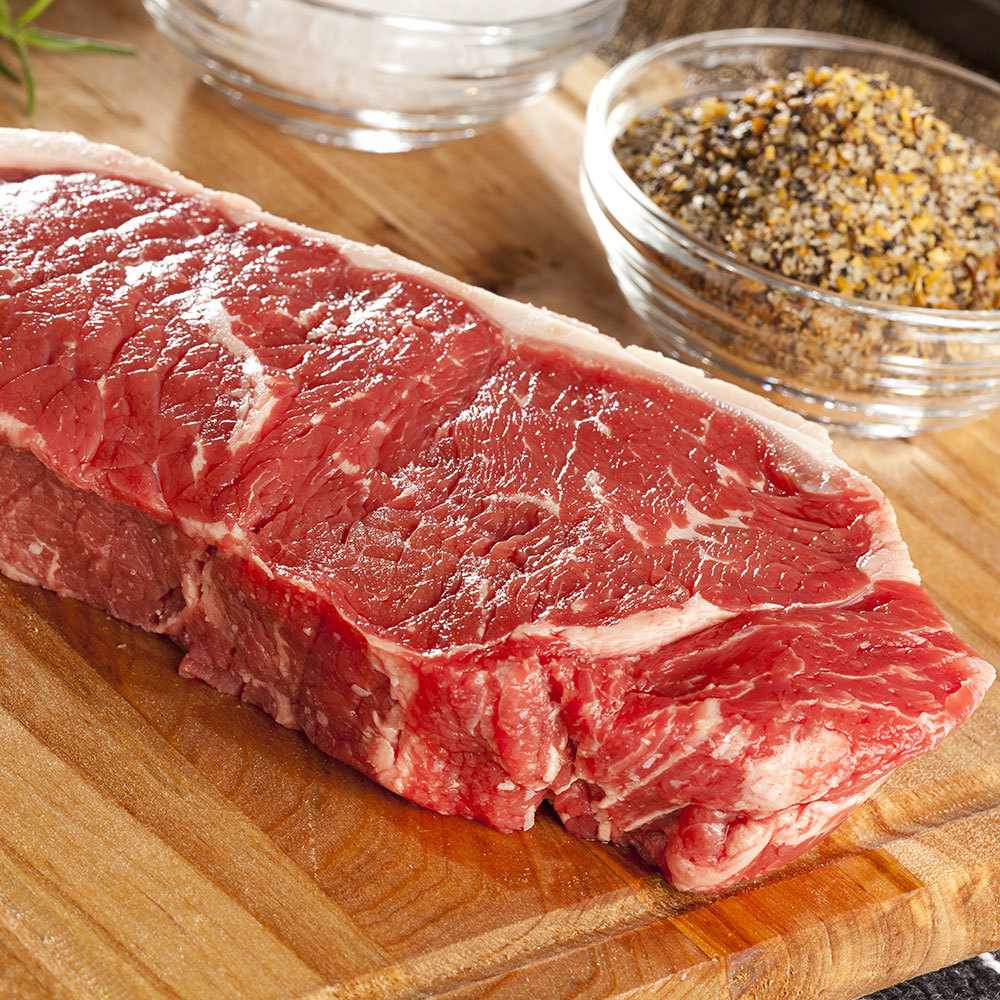
2 of 7 Iron
It’s essential to help you power through your workouts. “When you exercise, your muscles take in oxygen from your bloodstream, and iron helps that process,” Larson explains. “If your iron stores are low, you’ll feel tired and lethargic.” The longer and more intense your workout is, the more of the mineral your body requires. For instance, distance running may increase your iron needs by as much as 30 percent, Larson says.
But finding the right balance is tricky: Too much iron can cause symptoms like joint pain and fatigue. Applegate suggests that you aim for the recommended daily allowance of 18 milligrams. The typical diet supplies just 6 milligrams of iron for every 1,000 calories consumed, so she advises eating iron-rich foods such as fortified cereal (look for one that contains no more than 9 milligrams per serving), beef (3 ounces has 2.9 milligrams), and shellfish (one medium oyster has 4 milligrams).
Vegetarians are especially vulnerable to iron deficiency because plants contain a type of iron, known as nonheme iron, that the body has trouble utilizing. If you’re not a meat eater, pair iron-packed legumes and dark leafy greens with vitamin C–rich foods, such as broccoli and bell peppers, which help your system better absorb the mineral.
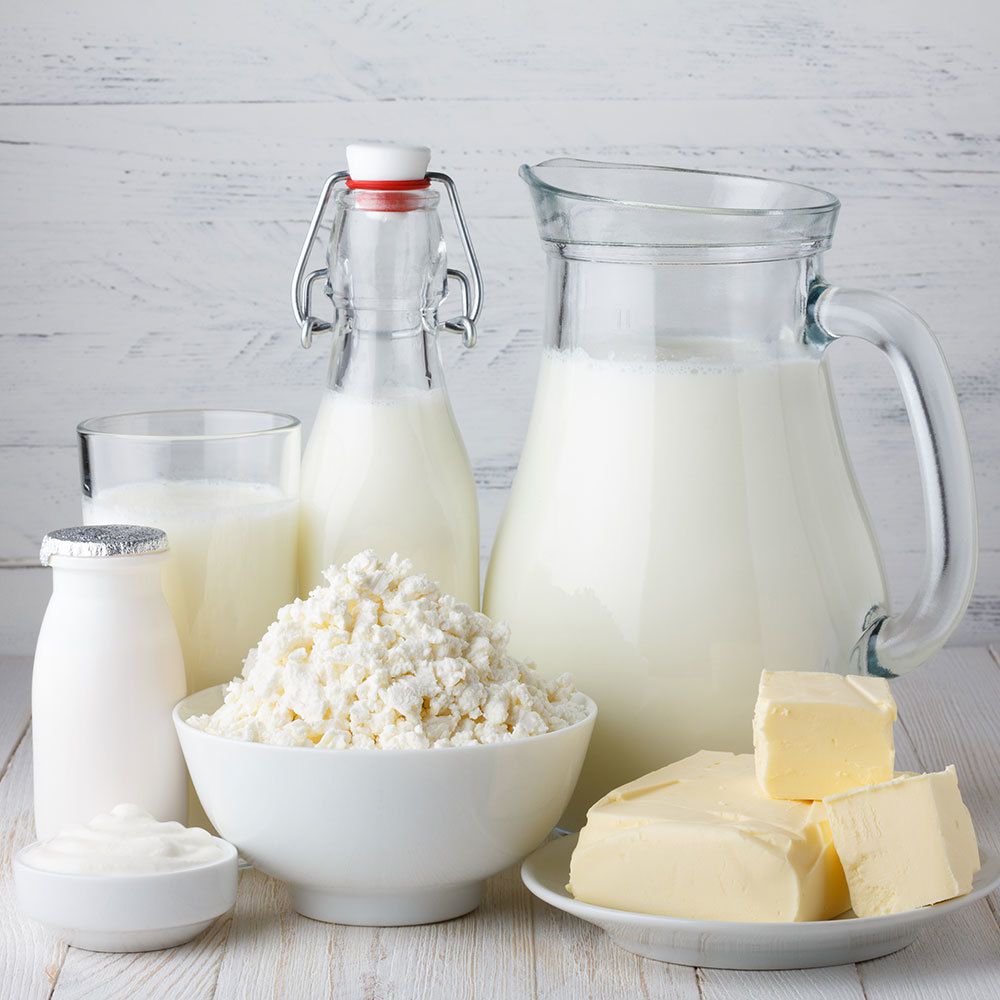
3 of 7 Calcium
This bone-building champ also regulates muscle contractions, which influences how hard and long you’re able to exercise, Larson says. Women who work out four to five times a week should get the recommended 1,000 to 1,300 milligrams a day, says Stella Volpe, Ph.D., R.D.N., a nutritionist and exercise physiologist at Drexel University. Yet about 62 percent of us are falling short, according to a study in the American Journal of Clinical Nutrition. “If you don’t take in enough calcium, your body will leech it from your bones, leaving you susceptible to fractures,” Volpe says.
To get your fill, eat dairy products like yogurt (6 ounces of plain low-fat yogurt has 311 milligrams) or fortified dairy substitutes (1 cup of almond milk contains 450 milligrams), kale (1 cup, cooked, has 940 milligrams), and sardines (one 3.75-ounce can holds 351 milligrams). (Make sure you get the 101 on calcium supplements before relying on those.)
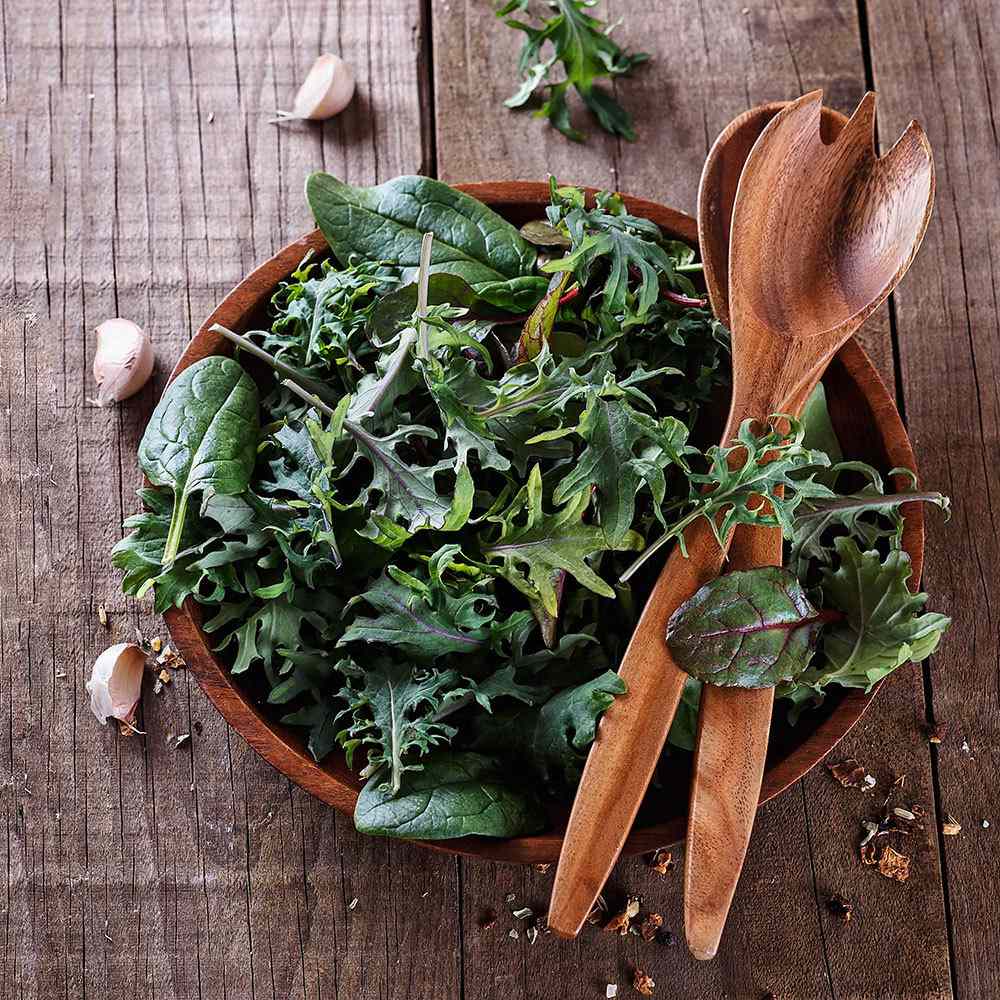
4 of 7Magnesium
It helps your muscles use oxygen and glucose, making it critical for strength and endurance, Larson says. But the harder you work out, the more magnesium you lose: Research shows that during exercise, athletes sweat it out.
To keep your levels from dipping too low, you need 320 milligrams a day. But women get just 274 milligrams on average, a USDA survey found. Bridge the gap with magnesium-rich whole foods like dark leafy greens (1 cup of cooked spinach has 157 milligrams), nuts and seeds (1 ounce of almonds contains 77 milligrams), and brown rice (1 cup has 84 milligrams). Also smart: limiting yourself to no more than three cups of coffee and one alcoholic drink a day, Larson advises. Too much caffeine and alcohol deplete magnesium levels.

5 of 7 Zinc
You’ve heard that it can boost your immunity, but it’s important for muscle recovery, too. “Zinc works to repair tissues after exercise,” Larson explains. “It also helps your body metabolize carbs, fats, and protein.”
Fit women need 9 to 12 milligrams of zinc a day, Applegate says. The best sources are beef (3 ounces contains 4 milligrams), shellfish (3 ounces of lobster has 3.4 milligrams), and cheddar cheese (2 ounces hold 2.6 milligrams). Zinc is also in chickpeas (1 cup, cooked, has 1.7 milligrams), quinoa (1 cup, cooked, contains 2 milligrams), and pumpkin seeds (1/4 cup has 2.7 grams).
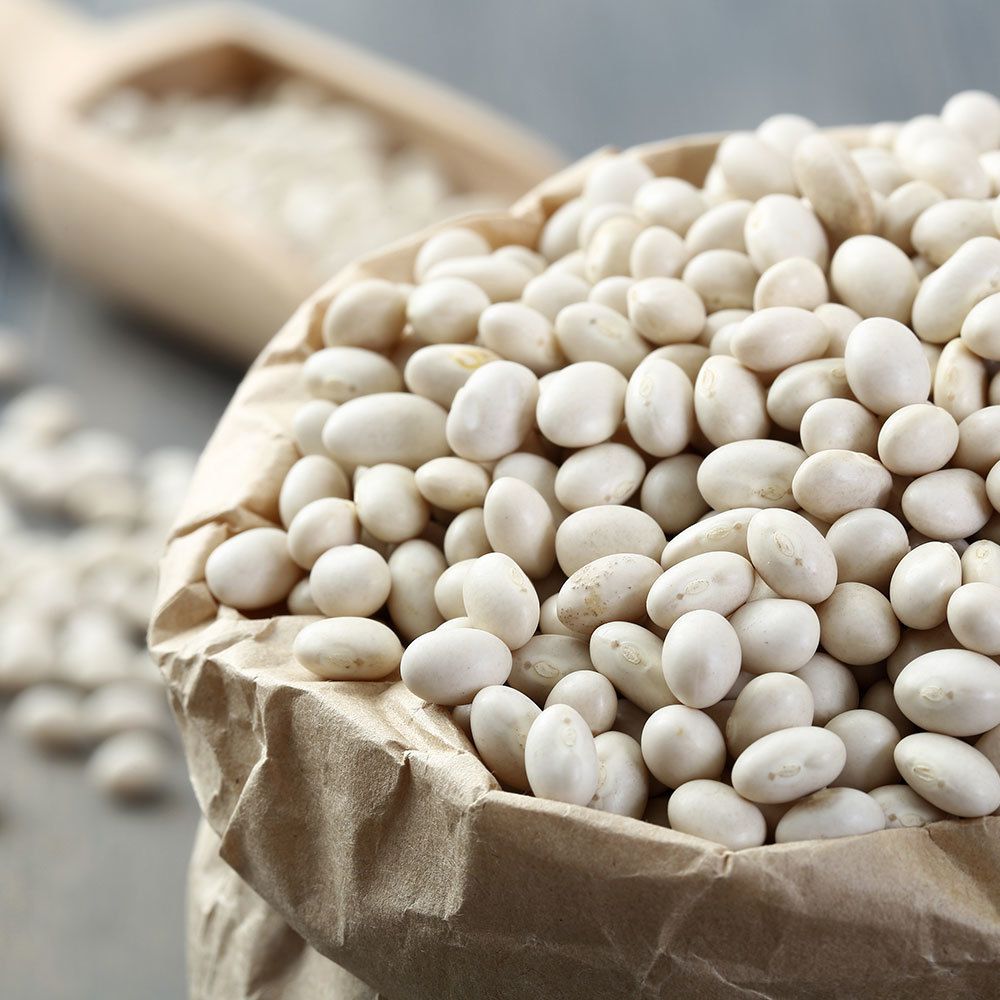
6 of 7 Potassium
This powerhouse helps every cell in your body use glucose for energy. Without enough potassium, your muscles get tired sooner, your reflexes are slower, and you may feel shaky or nauseated.
Trouble is, most women don’t even get half the recommended 4,700 milligrams a day, according to Applegate’s research. So it’s crucial to fill your diet with potassium-rich foods. Despite what you’ve heard, bananas are not the best source: One medium banana contains just 422 milligrams of the mineral. Better options include white beans (1 cup, cooked, has 1,000 milligrams), one medium baked russet potato (952 milligrams), spinach (1 cup, cooked, holds 839 milligrams), and dried apricots (1/2 cup contains 755 milligrams).
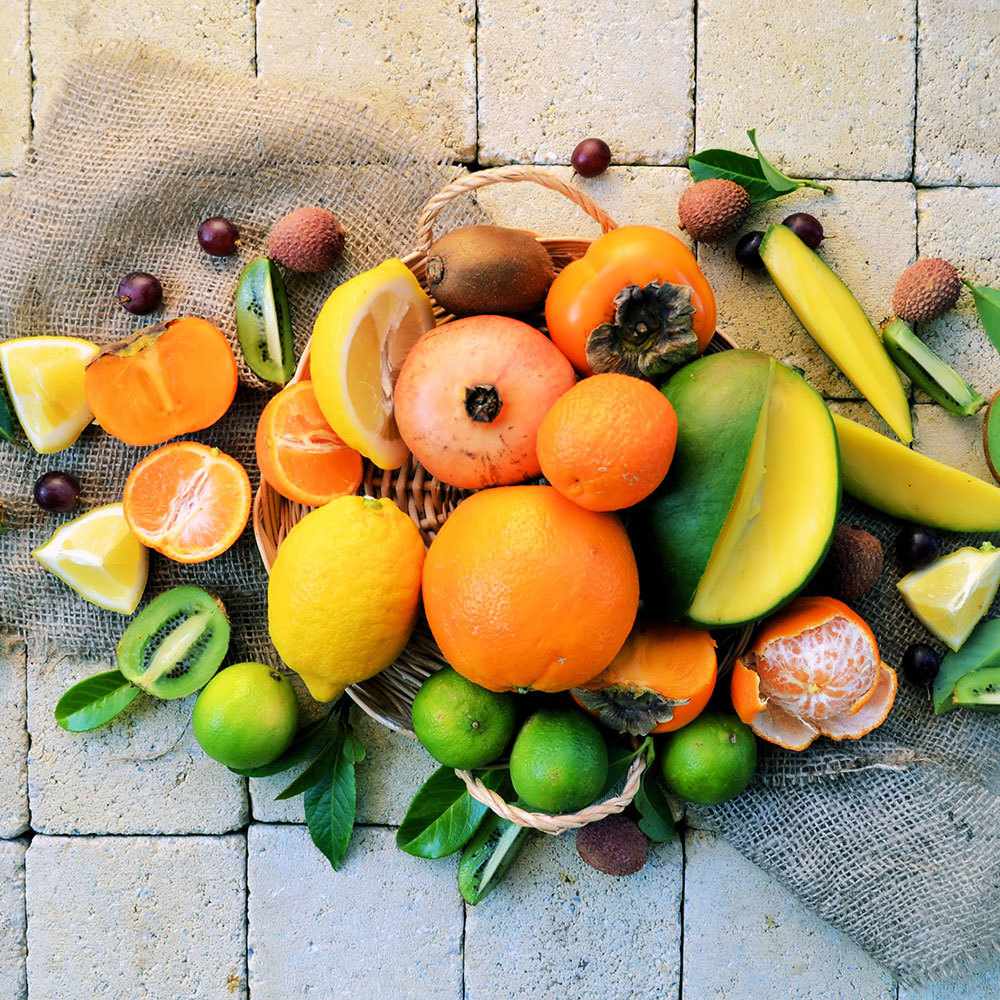
7 of 7 How to Maximize Your Intake
Choose organic. The farming practices that are used to grow supersize pest-resistant crops sap produce of minerals like calcium and iron, according to a landmark study in the Journal of the American College of Nutrition. Organic produce has more nutrients, says Frank Lipman, M.D., the founder of the health company Be Well.
Spread the goodness around. The body can absorb only so much of any mineral at a time. “When you try to get 100 percent of the daily value in one meal, you actually take in less of it,” explains nutrition and fitness expert Liz Applegate, Ph.D. Eat no more than half of the recommended daily allowance in one sitting.
Don’t fill up on fiber. Get too much fiber and you risk speeding minerals and other important nutrients through your digestive system before you have a chance to fully absorb them, Applegate says. To prevent this, stick with about 25 grams of fiber a day, distributed evenly between your meals and snacks.





